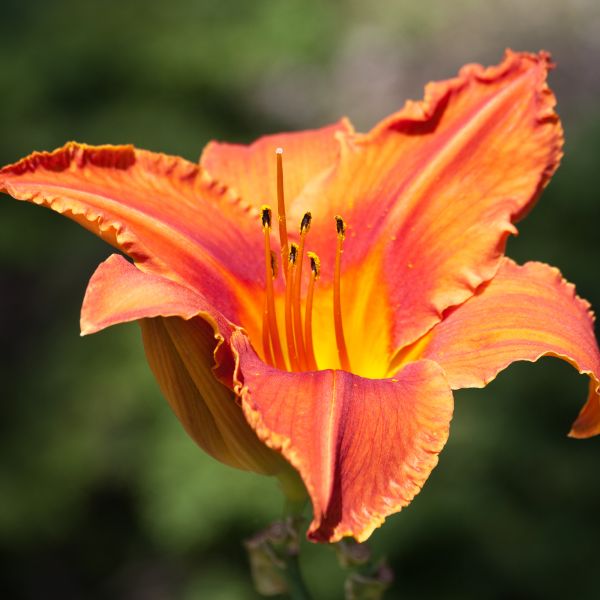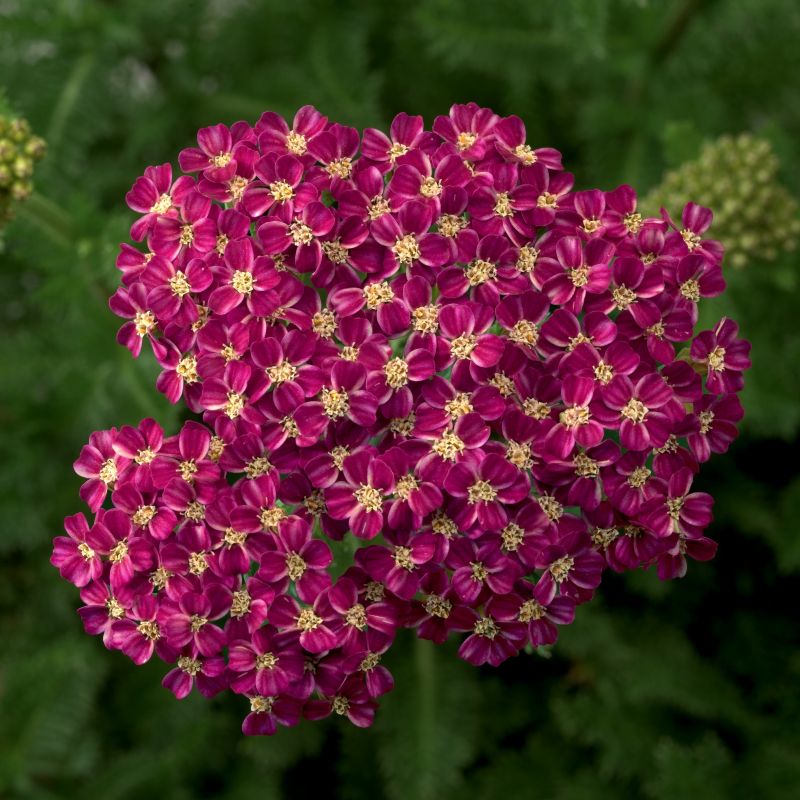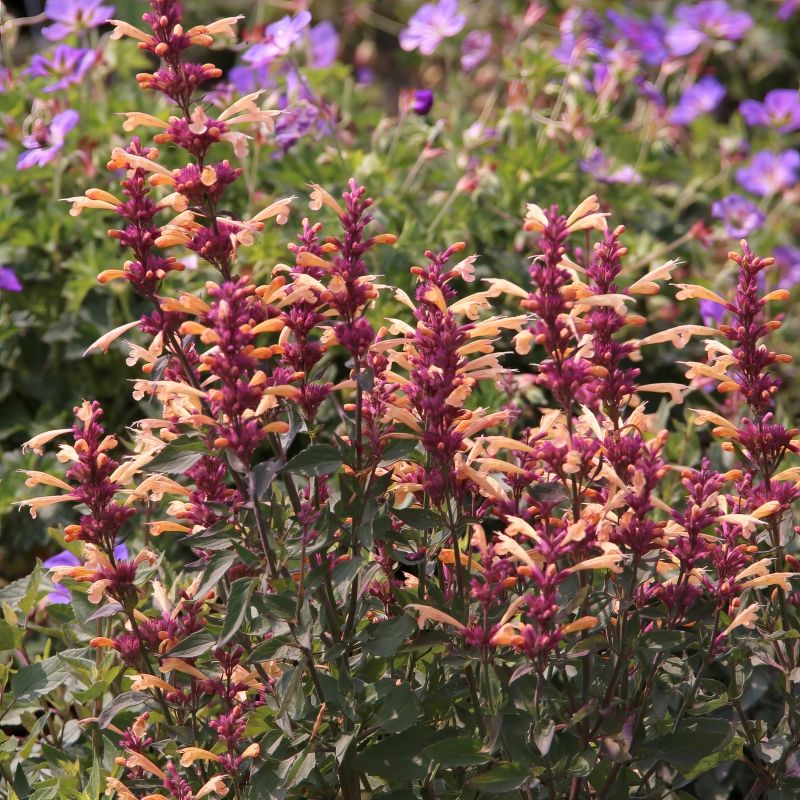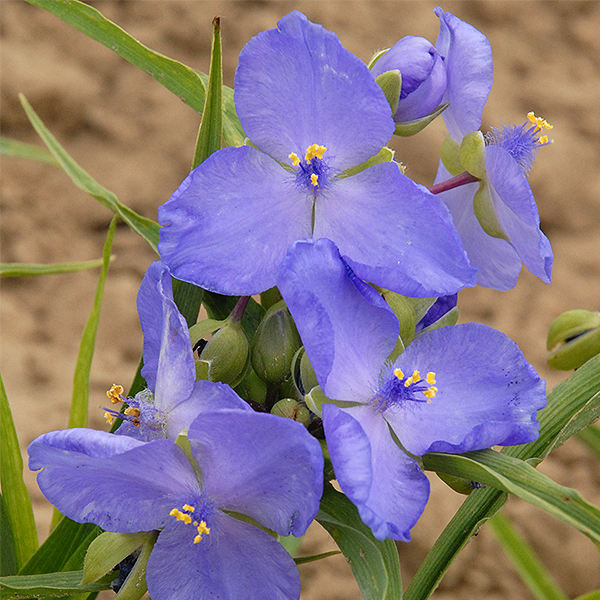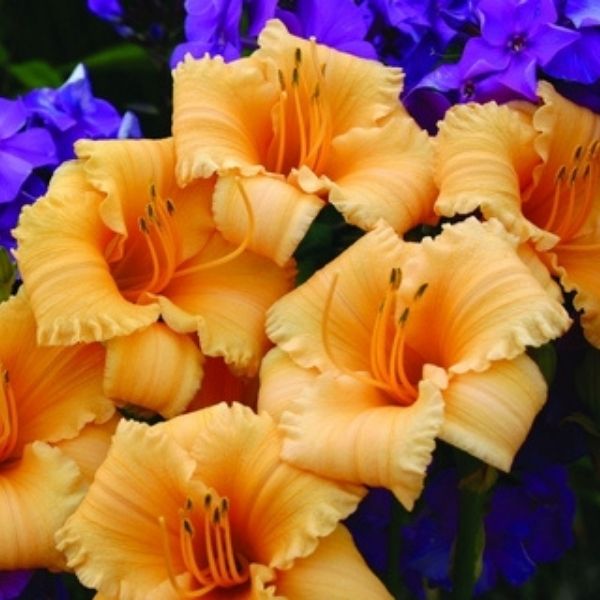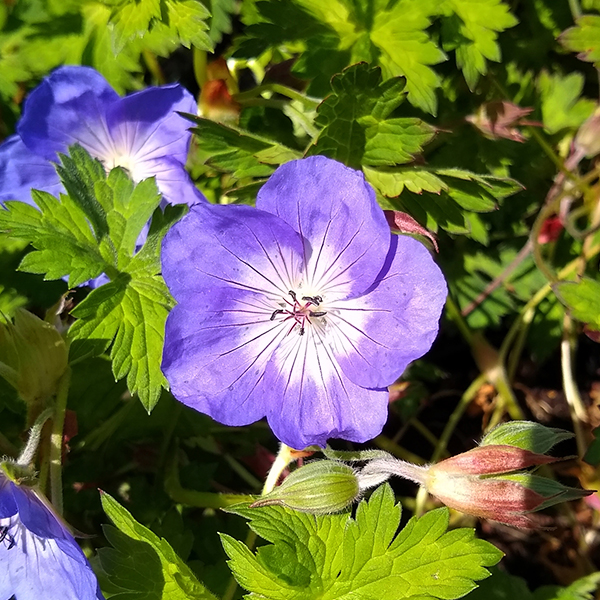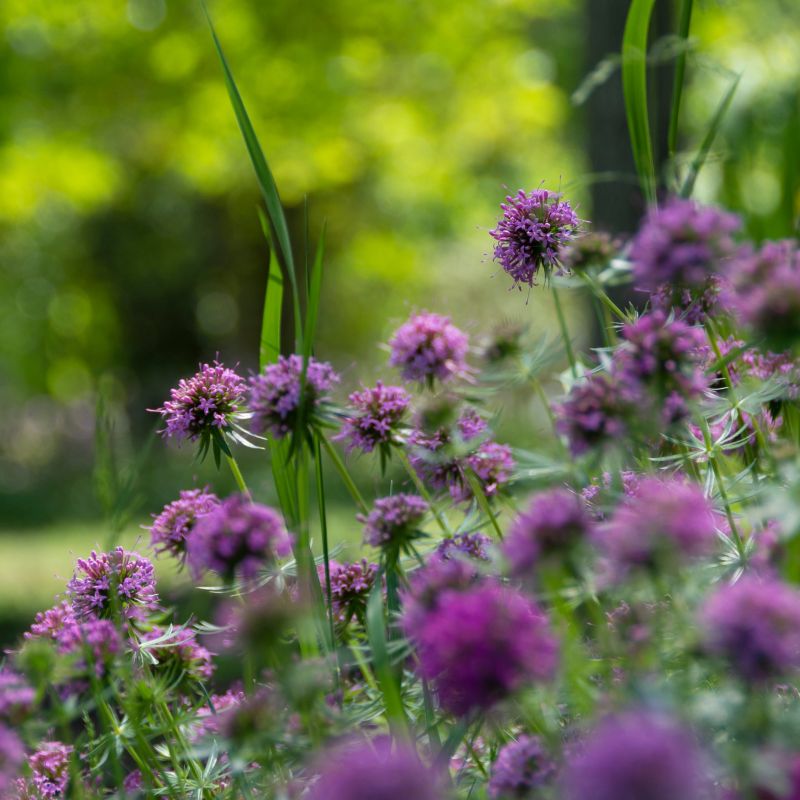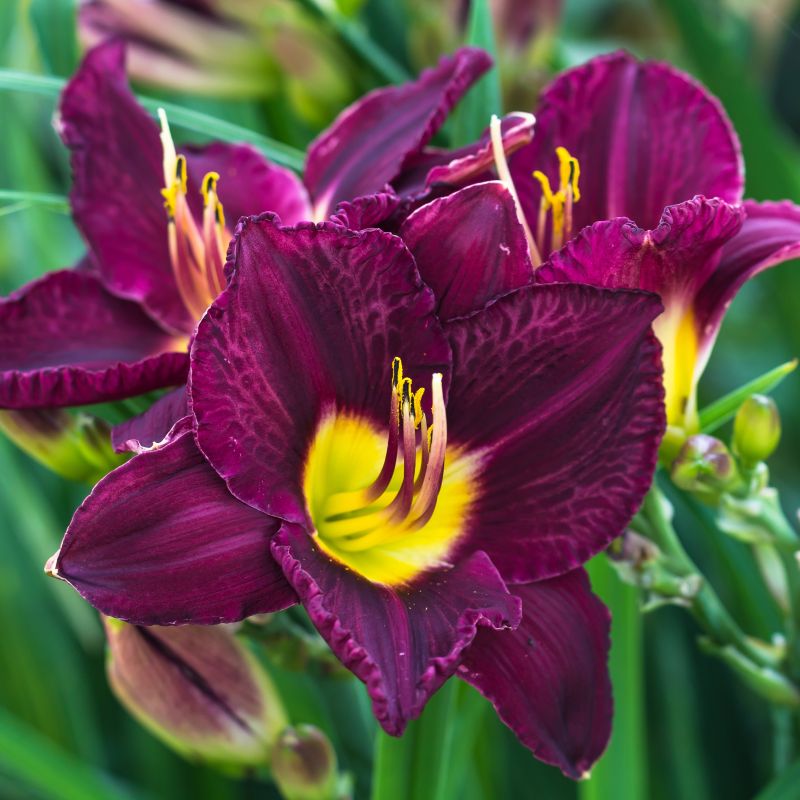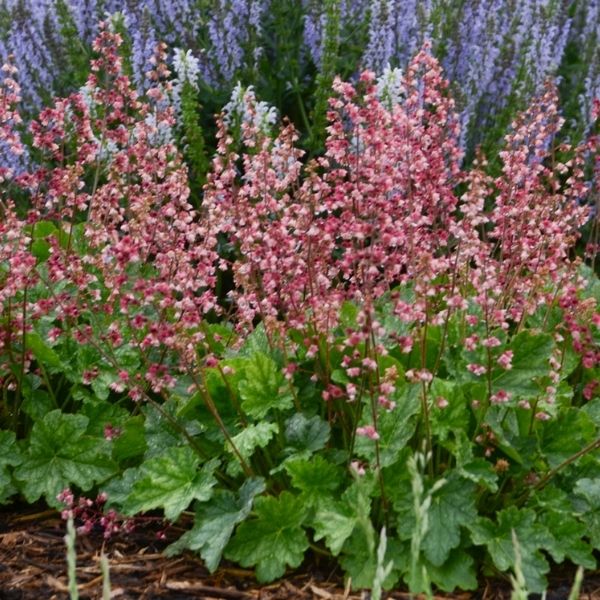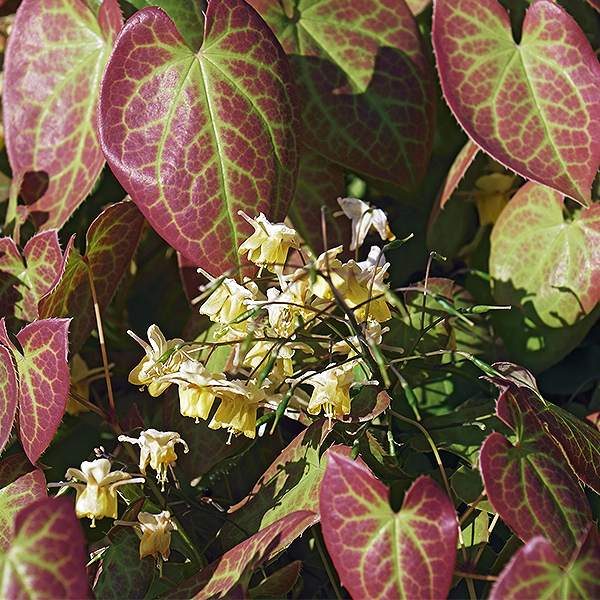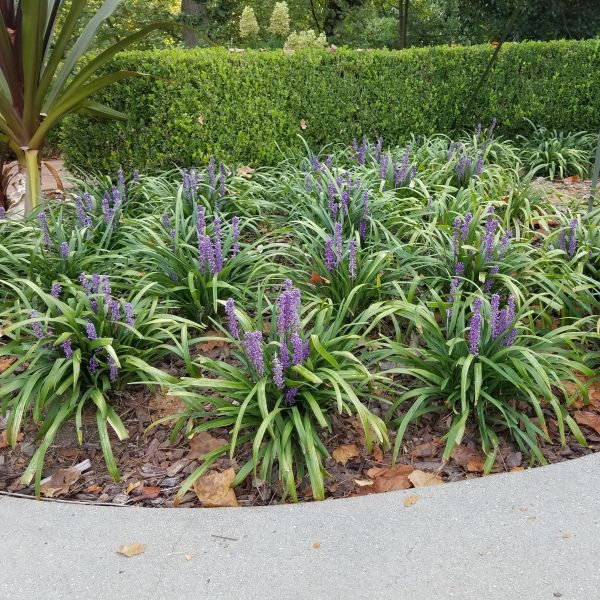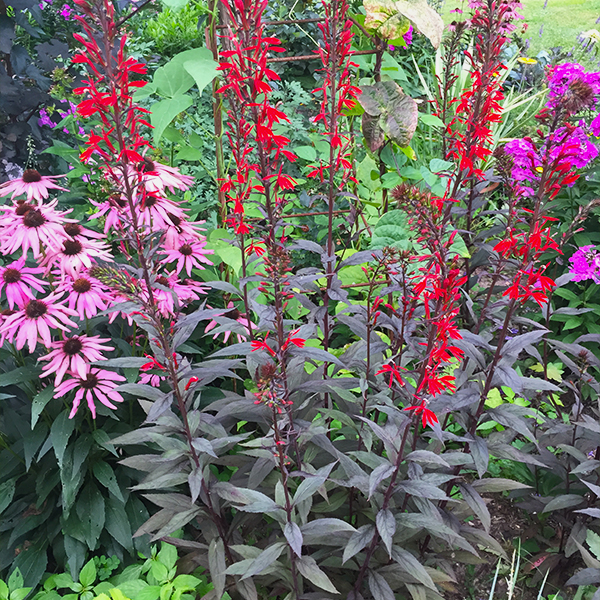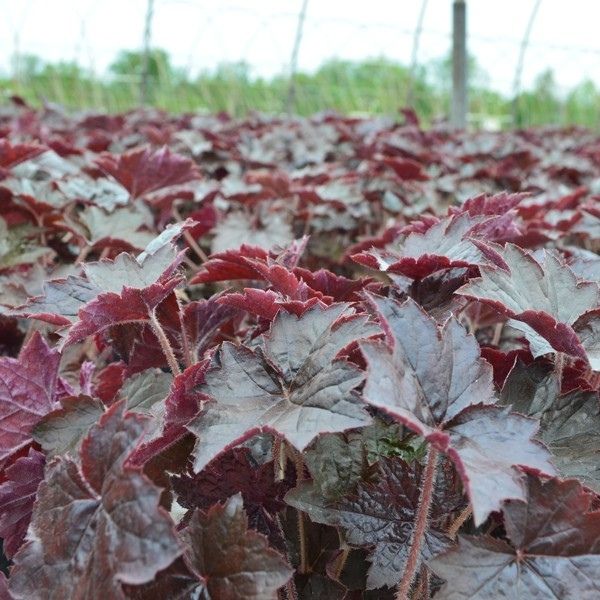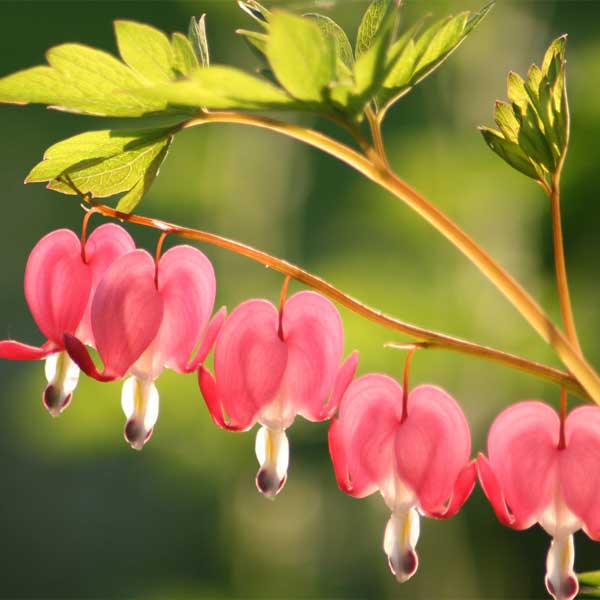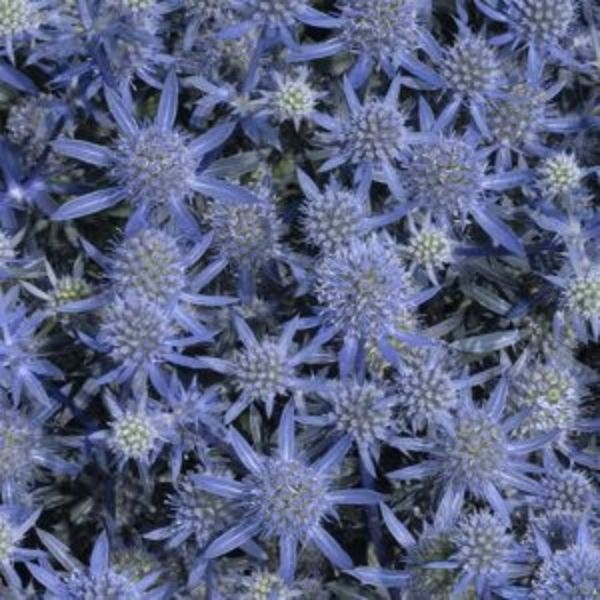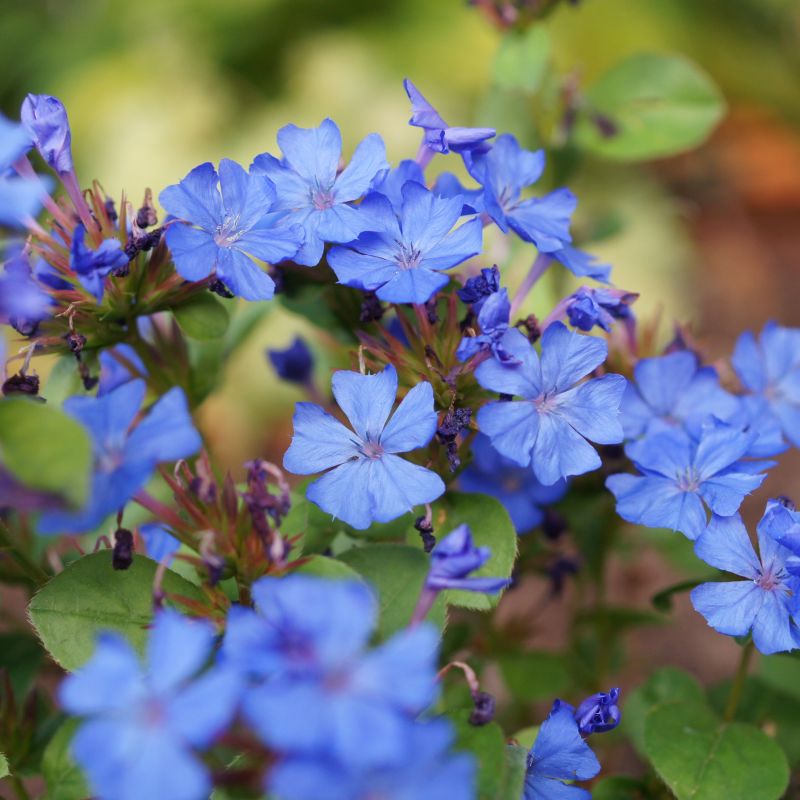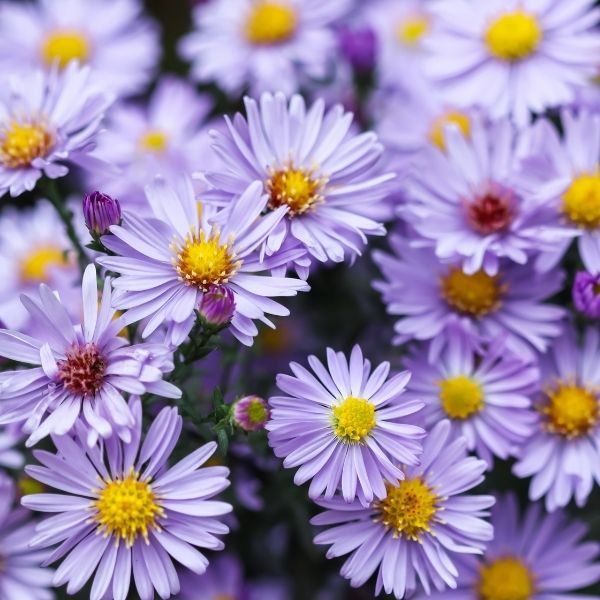
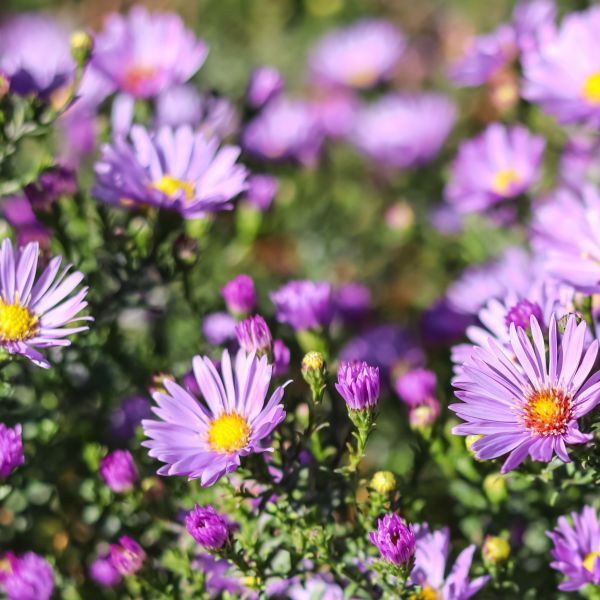
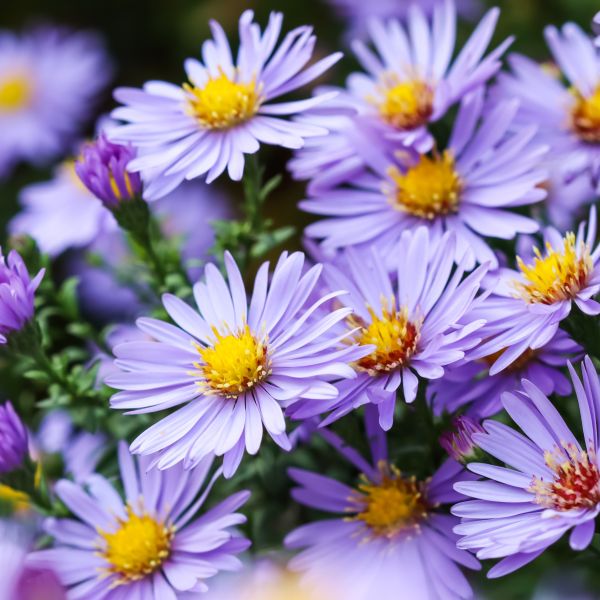
Sapphire Aster
Aster 'Sapphire'
9 reviews
Sapphire Aster
Aster 'Sapphire'
9 reviews
- Beautiful deep blue color
- Durable and long-lasting
- Easy to care for and low maintenance
- Recommended by landscape designers for optimal fit in real yards
$49.00
$70.00
30% Off
- Ships to 43215 in 3 to 7 days
- Free Shipping Over $150
- Plant Arrival Guarantee
- In Stock
- Free Plant Consult
$200 - Landscape-Approved: Every Plant We Sell Comes With Design Expertise Behind It
1 Gallon
Not just beautiful - intentionally selected by ShrubHub's 3D landscape design team to fit real-world spaces and maximize yard potential.
Why Sapphire Aster?
Sapphire Aster is a popular choice for gardeners due to its stunning deep blue-violet flowers that bloom in late summer and fall. The plant has a compact and bushy growth habit that reaches up to 24 inches in height. Sapphire Aster prefers well-drained soil and full sun to partial shade. It is also a pollinator-friendly plant, attracting bees and butterflies to the garden.
People who loved this plant also bought
Sunlight
Sapphire Aster generally requires full sun to thrive.
Watering
Sapphire Aster requires regular watering, aiming to keep the soil evenly moist. It is important to avoid overwatering as it may cause root rot. Water deeply but infrequently, allowing the top few inches of soil to dry out between waterings.
Fertilizing
The fertilizer requirement for Sapphire Aster is balanced with equal amounts of nitrogen, phosphorus, and potassium, usually in the ratio of 10-10-10.
Sapphire Aster: Captivating Lilac Blue Blooms for Your Garden
Introducing the Sapphire Aster – a botanical gem that paints your garden with the captivating allure of fluffy lilac-blue blooms.
This exceptional plant isn't just a flower; it's a spectacle of color and life that transforms your outdoor haven into a realm of enchantment.
Prepare to be captivated by the sapphire-like beauty of its lilac-blue blooms. Delicate and fluffy, they bring a touch of elegance that's impossible to ignore.
Staying small and tidy, the Sapphire Aster is a perfect choice for those seeking compact beauty that enhances any space.
But its allure doesn't stop at its appearance – the Sapphire Aster attracts pollinators!
Experience space-saving late-season color as the Sapphire Aster graces your landscape with its presence.
Whether used as edging, facer plants, borders, containers, or en masse, it adds a burst of charm that brightens your surroundings.
Thriving in full sun, this plant embraces the sun's warmth to produce its spectacular display.
Its cold hardiness and adaptability ensure its resilience in various conditions, promising a vibrant presence year after year.
Moderate moisture and well-drained soils are the keys to maintaining the Sapphire Aster's splendor.
A simple pinch back in late spring or early summer keeps its growth in check, allowing you to enjoy its beauty without the worry of excessive growth.
And here's more good news: the Sapphire Aster is not just a beauty; it's also rust, disease, and deer resistant, ensuring your garden's elegance remains unspoiled.
Experience the captivating lilac-blue blooms of the Sapphire Aster.
Visit our ShrubHub store today and make this exceptional plant a part of your outdoor haven.
Elevate your space with the enchanting allure of the Sapphire Aster – your garden deserves nothing less.
Plant Information:
| Botanical Name: | Aster 'Sapphire' |
| USDA Zones: | 4 - 8 |
| Water: | Moderate |
| Exposure: | Full Sun |
| Soil Needs: | Widely Adaptable |
| Mature Height: | 12 - 15 inches |
| Mature Spread: | 24 inches |






Pollination Info
Pollination Information for Sapphire Aster
Sapphire Aster (Aster 'Sapphire') is a flowering plant that is commonly found in gardens and landscapes. Its flowers produce nectar, which attracts bees, butterflies, and other pollinators.
This plant is self-fertile and can produce seeds on its own. However, the presence of pollinators increases seed production and promotes genetic diversity in the offspring.
The main pollinators of Sapphire Aster are bees, including honeybees, bumblebees, and solitary bees. These bees visit the flowers to collect nectar and pollen, which they use to feed themselves and their offspring. In doing so, they transfer pollen from the male to female parts of the flower, allowing for fertilization and seed production.
Butterflies and moths may also visit Sapphire Aster flowers for nectar. However, they are not as effective at pollination as bees, as they tend to drink nectar without making contact with the reproductive parts of the flower.
To promote pollination of Sapphire Aster in your garden, you can plant other flowering plants that attract bees and other pollinators. Providing a diverse array of flowers that bloom throughout the growing season can help ensure a consistent source of nectar and pollen for pollinators.
FAQ
Sapphire Aster (Aster 'Sapphire') FAQ
What is Sapphire Aster?
Sapphire Aster is a beautiful perennial flower with bright blue, daisy-like blooms that provide a pop of color in early fall.How tall does Sapphire Aster grow?
This plant can grow up to three feet tall and two feet wide, making it an excellent choice for adding height and structure to flowerbeds or containers.What kind of soil does Sapphire Aster need?
This plant prefers well-drained soil with a pH between 5.5 and 7.5, and it grows best in full sun to partial shade.How do you care for Sapphire Aster?
Sapphire Aster is a relatively low-maintenance plant that requires moderate watering and occasional deadheading to encourage continuous blooms. It benefits from regular fertilization in the spring.When does Sapphire Aster bloom?
This plant blooms in early fall, typically from August to September, offering a stunning display of sapphire blue flowers just as other summer flowers are fading.Is Sapphire Aster deer resistant?
Yes, Sapphire Aster is deer resistant.What are the common uses for Sapphire Aster?
Sapphire Aster is an excellent choice for adding color and texture to perennial beds, mixed borders, or even containers. It also attracts pollinators, making it a great choice for butterfly and bee gardens.Does Sapphire Aster have any pests or diseases?
Sapphire Aster is relatively disease and pest-free, but it may occasionally fall prey to powdery mildew or leaf spot. To prevent these issues, be sure to provide adequate airflow around the plant and avoid wetting the foliage when watering.Can Sapphire Aster be planted in containers?
Yes, Sapphire Aster can be planted in containers, but it requires a pot with adequate drainage and regular watering to prevent the soil from drying out.Planting & Care
Planting & Care for Sapphire Aster (Aster 'Sapphire')
Planting:
- Choose a location with well-draining soil and full sun to partial shade.
- Plant in the spring or fall when the soil is moist and the temperatures are cooler.
- Dig a hole twice as wide as the root ball and slightly deeper.
- Add organic matter such as compost or peat moss to the hole.
- Place the plant in the hole and backfill with soil, gently firming around the plant.
- Water thoroughly.
Care:
- Water deeply once a week, or more often in hot, dry weather.
- Apply a layer of mulch around the plant to retain moisture and suppress weeds.
- Fertilize in the spring and early summer with a balanced fertilizer.
- Pinch back the stems in early summer to promote bushier growth and more blooms.
- Deadhead spent flowers to encourage more blooms.
- Divide the plant every 2-3 years to prevent overcrowding.
- Watch for pests and diseases such as aphids, spider mites, and powdery mildew, and treat with an appropriate pesticide or fungicide.
Check Out These Verified Customer Reviews:
Customer Reviews
4.7 out of 5 based on 9 reviews
Thank you! Your review has been submitted.
Beautiful and unique design
User-friendly website interface
Arrived in perfect condition
Item has been added to your cart.



